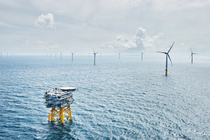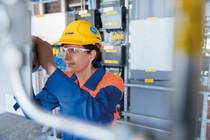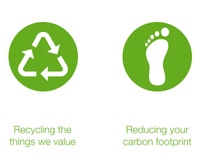Change for climate
Change for the climate
Our goal is net-zero emissions by 2050. How is that possible for a company in the energy-intensive chemical industry? It’s ambitious, for sure. But we’re confident we can get there. That’s because, in our pursuit of change, we’re leaving no stone unturned, questioning everything that can be questioned, and finding inspiration in surprising places.
Click on the pictures below to find out more.
It's people making the change for climate happen
A detailed roadmap to ensure we act with rigor

As chemistry requires energy, reducing our emissions isn’t just about innovative technologies. It’s also about sourcing renewable energy in huge quantities. That’s why we’re becoming our own renewable energy producer. We’ve also signed several long-term power purchase agreements for renewable energy.

Most of our direct CO2 emissions occur in the production of base chemicals. That’s why we’re fundamentally rethinking the way we produce and are pushing ahead with the switch to CO2-free or low-CO2 processes. We plan to make the first large plants almost climate neutral by 2030.


We know that all kinds of people want to buy products with a significantly reduced or even net-zero carbon footprint. That’s why so many of our products are created to help other companies and their customers reach their climate targets.
We know that we need to consider sustainability beyond our production. So, to contribute to the circular economy, we’re rethinking our raw materials. This includes our efforts to make sure value materials are used more than once, allowing us to produce in a more environmentally friendly way and save waste at the same time.

We have an established track record in reducing our global CO2 emissions. Since 1990, we’ve almost halved them. And, by 2030, we want to reduce our emissions by a quarter compared to 2018. By 2050, in accordance with the Paris Climate Agreement, we’re aiming for net-zero CO2 emissions1.
1 The goal includes Scope 1 and Scope 2 emissions. Other greenhouse gases are converted into CO2 equivalents according to the Greenhouse Gas Protocol





